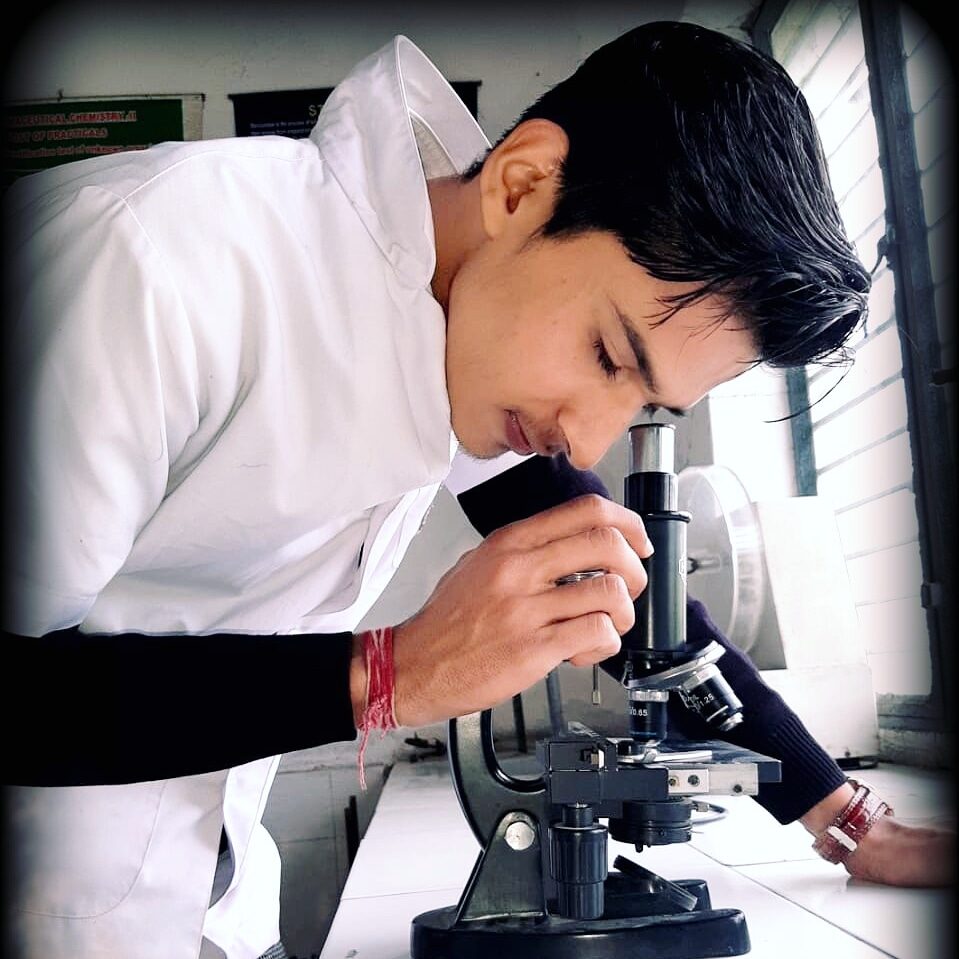Sedatives: definition, classification, mechanism and side effects
Sedatives are drugs that depress the central nervous system (CNS), producing a calming or tranquilizing effect, and are used to alleviate anxiety, induce relaxation, promote sleep, and reduce agitation. Sedatives are often prescribed for short-term treatment of anxiety disorders, insomnia, and acute agitation, as well as for preoperative sedation and procedural sedation. They act by … Read more










